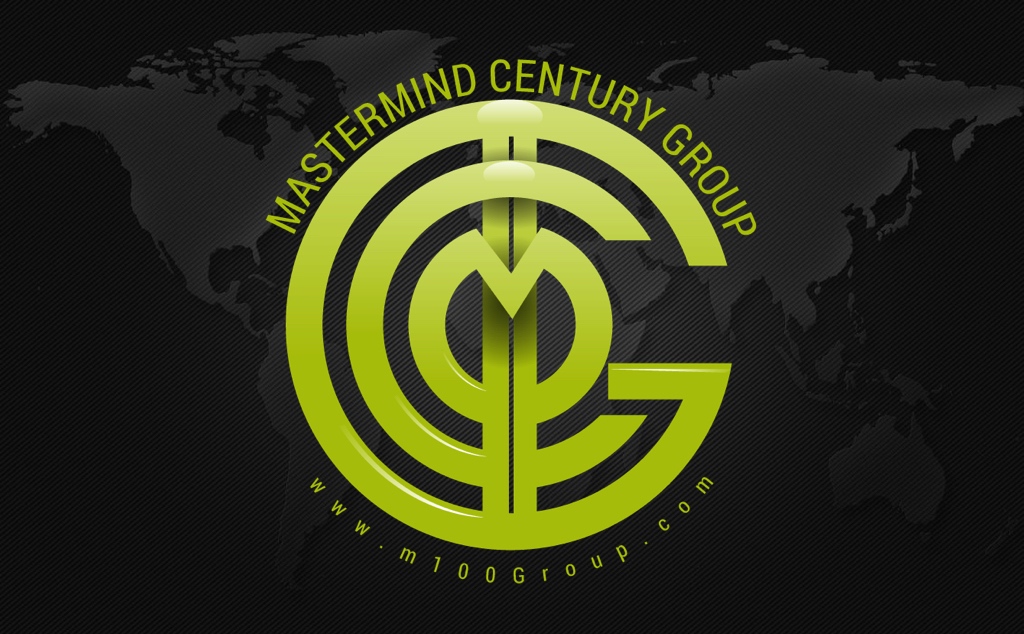 Traveling and speaking with many young leaders…as I have been fortunate enough to do as of late–I often get the question…how to I become a leader?
Traveling and speaking with many young leaders…as I have been fortunate enough to do as of late–I often get the question…how to I become a leader?“You are not a faceless cog in the machinery of capitalism…” In fact, according to Seth Godin, you are an “artist who can give good gifts”. Best of all, you don’t need a canvas, a stage, nor a musical instrument to create art.
 A linchpin, an indispensable widget that fastens the “organizational wheel” together, requires one to invest emotional labour in one’s job, putting one’s heart, passion and enthusiasm into it. It means going above and beyond the call of duty and giving it all you’ve got, and then some more. If we get more young people to step into that arena… we would indeed have a generation of incredible leaders.
A linchpin, an indispensable widget that fastens the “organizational wheel” together, requires one to invest emotional labour in one’s job, putting one’s heart, passion and enthusiasm into it. It means going above and beyond the call of duty and giving it all you’ve got, and then some more. If we get more young people to step into that arena… we would indeed have a generation of incredible leaders.
Seth Godin list seven qualities of a linchpin:
- Providing a unique interface between members of the organization.
- Delivering unique creativity
- Managing a situation or organization of great complexity
- Leading customers
- Inspiring staff
- Providing deep domain knowledge
- Possessing a unique talent
On a side note…There’s an interesting dynamic at play here as well. Linchpins are people who, by definition, make themselves indispensable to an organization and therefore should be safe from layoffs, Reductions in Force (RIF) or Served Early Retirement (SERB). Yet…the sad thing is many organizations don’t properly recognize their linchpins and might very well let them go in favor of keeping people who don’t “rock the boat.” But….I ponder if these next generations leaders… in the long run, will honestly be better off as a linchpin? Not sure… what do you think?



Bill, interesting point you raise in the last paragraph. This is something I call the “Advocate versus Activist” dilemma. Organizations are currently focusing a lot of effort on advocacy. They want people, especially employees, to promote the organization, its brand, and its brand values. Advocacy, a promotion of the status quo and set direction, has been shown to be good for (short-term) financial performance. However, innovation – something necessary for long-term survival – requires activism – requires a willingness to break the set patterns.
Organizations keep saying they need more entrepreneurial behavior and risk taking from employees. Advocates don’t rock the boat. Activists do. Organizations need both. You are absolutely right to challenge organizations to recognize and hold onto their linchpins. Where some activists are disruptive and damaging, linchpins are activists doing a very positive, constructive service for the organization. Organizations need these leaders more than ever if they are to adapt and overcome the new challenges they will face moving forward into the social era where networks and connections rule.
Roger: LOVE IT! I will be using that from now on…advocate and activist…can you be both?
Bill, great question! I’ll submit that you MUST be both in order to provide positive influence (read “leadership”) on the organization and its stakeholders.
Advocate simply means “to speak in favor of”. Too often advocates are passive, only speaking in favor of the organization when triggered. These passive advocates are almost, but not yet, fully engaged if we apply a definition of engagement as the commitment of the individual to “go the extra mile”, or “contribute discretionary effort”.
Engaged activists are both advocate, being very positive about the organization, and activist, doing things to move it and themselves ahead. They want to make progress within the framework of the organization’s vision, mission, strategy, and culture. They execute to the fullest and beyond. They add and create the most value. And, they speak up. However, if the framework becomes deficient or the talents or ideas of the activist no longer match the needs of the organization, then the risk is that the activist becomes disengaged. They no longer speak in favor of the organization, and that, when we think of these people as influential linchpins, can have destructive consequences usually resulting in the linchpin being removed because of “rocking the boat”.
Gallup, a leading employee engagement consultancy, advocates managers spending the most time and effort on their most talented and engaged people in order to ensure that these people who contribute the most to the performance of the organization remain aligned with the framework and vice versa. This is a tough challenge for the average manager. Just refer back to Godin’s list of 7 qualities of a linchpin. Manager’s want and need these people, but they don’t always know how to manage them. When selecting for people management roles, the organization needs to ensure that they aren’t promoting enthusiastic technical experts but passionate people developers. It isn’t the organization with the most engaged activists that wins. It’s the organization with the managers who can keep those activists fully engaged and on target that wins.
Roger… you are singing my song… love it.
Engaging those activists adds huge value to the organization as the manager/leader/commander…these activists are usually your influencers as well. They influence the folks inside the organization up, down, and laterally… so as a leader one can greatly expand ones message and influence by actively engaging these activists.
Great convo Roger… thank you…
Here is a link to some banter on The Influencers…
https://m100group.wordpress.com/2012/06/03/the-influencers/
Bill, great post on The Influencers! These people are so key to progress. They might not be in a position of power or authority, but they, too, are leaders. I often find that they are incredibly humble…”I’m just doing my job.” They execute in such a professional manner with high quality and values while creating a positive atmosphere that others cannot help but be attracted to them, influenced by them, and want to be lead by them – even if it is an informal relationship. You were spot on in your post to point out how critical their support for a vision can be.
They have often been referred to as “first followers”. I, too, wrote about them a few months back after some leadership conversations I had with a mentor / friend of mine and after seeing and discussing a video by Derek Sivers that sums it all up in 3 minutes. His video message is brilliant. http://www.blueox.nl/first-followers-leaders/
Thanks Roger… will review… just had a call from an influencer from a former command gig… we still talk, mentor, and try to solve problems together… always makes for a good day when they call.